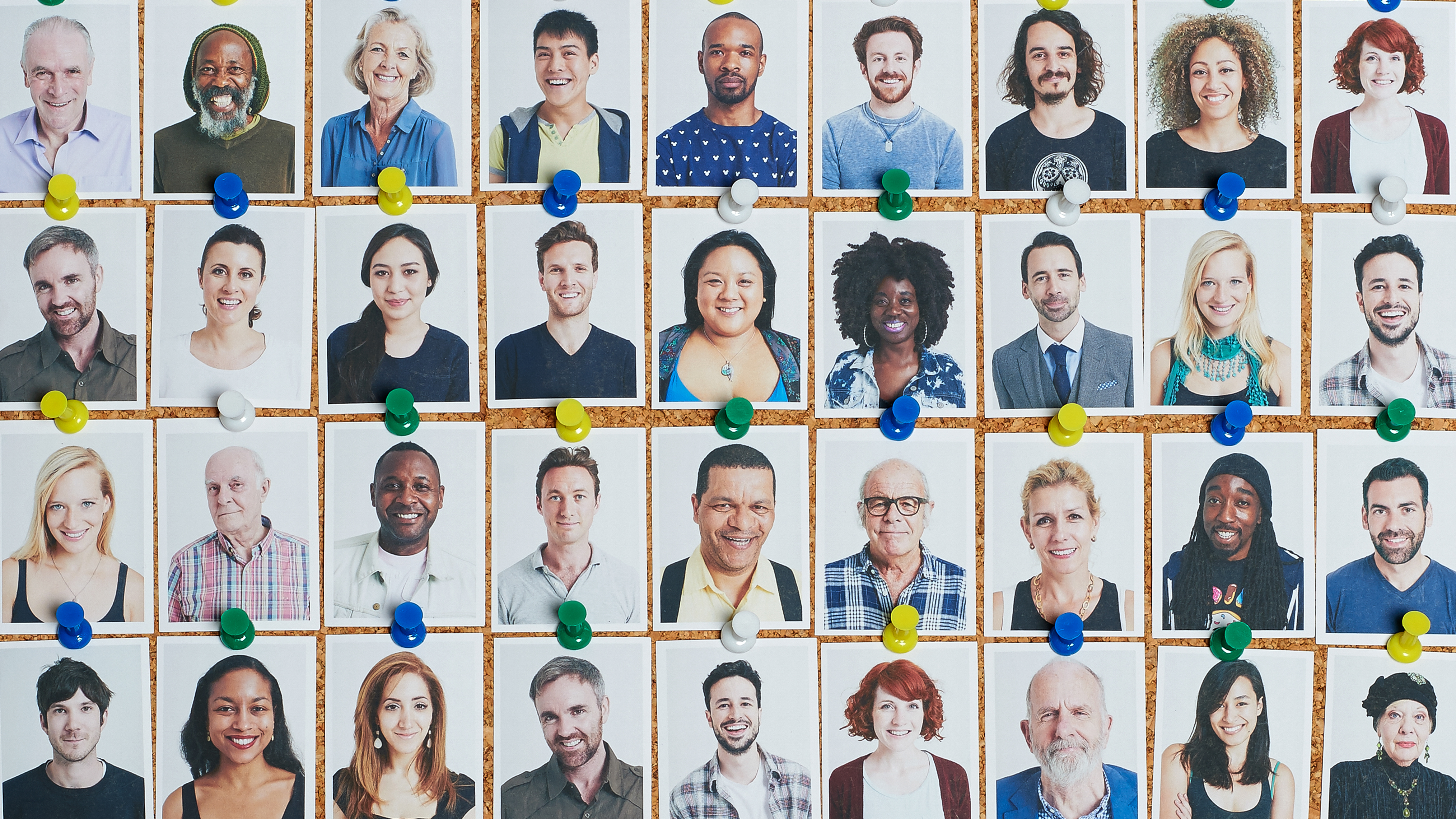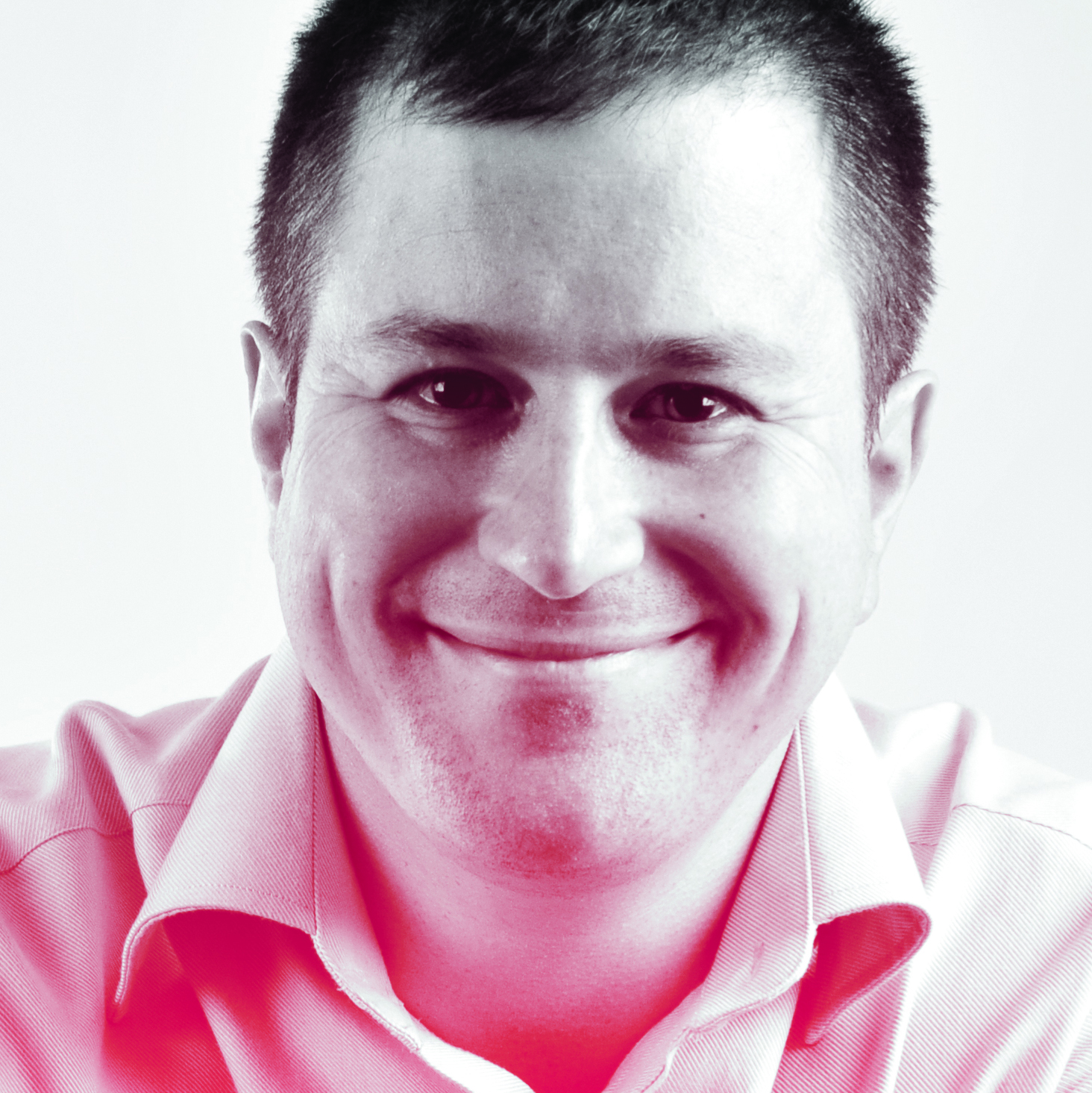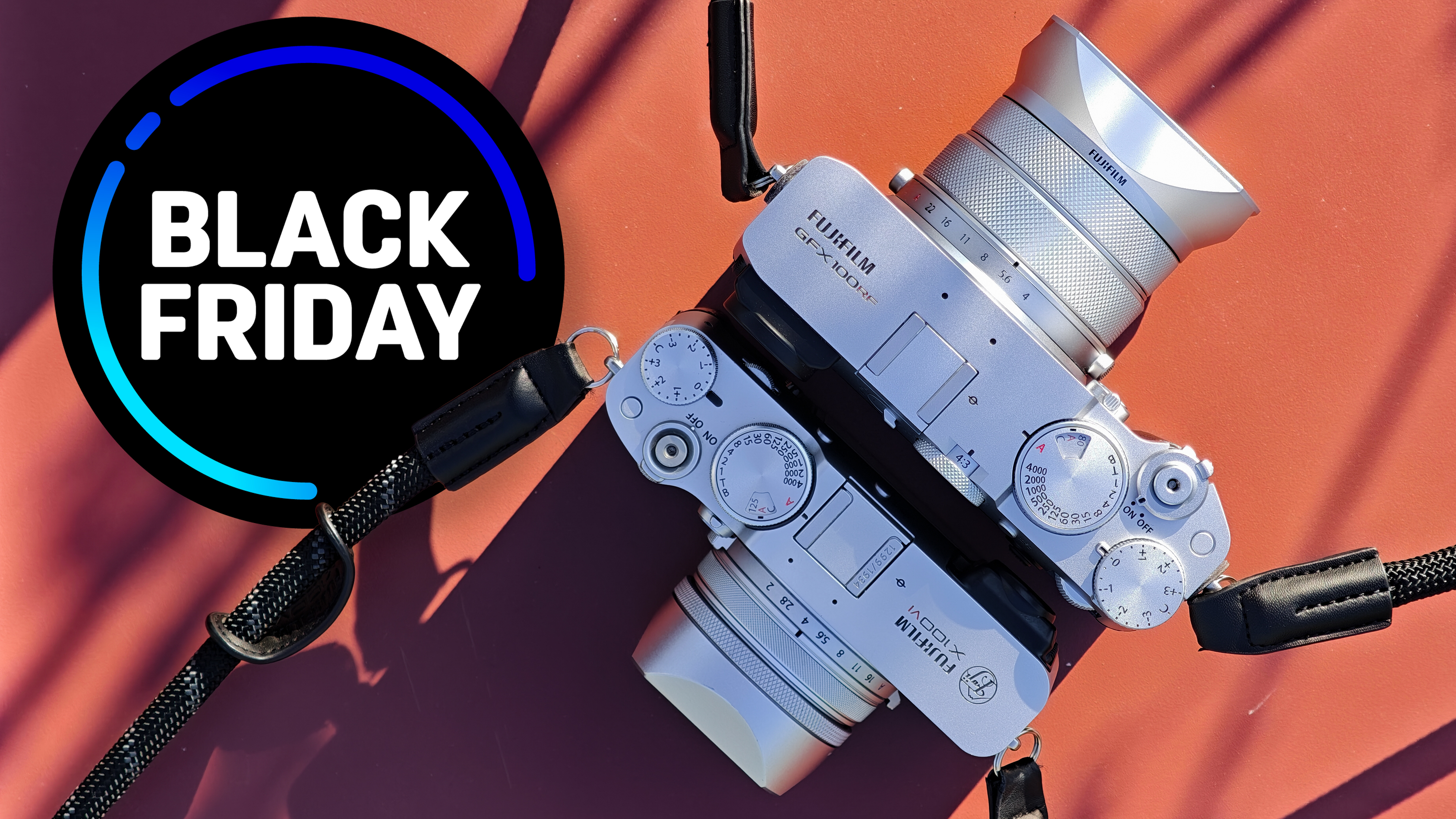
Last month at my local comedy club, I settled in for what the poster promised would be a four-act evening. One face looked particularly fresh and youthful. When that comic took the stage, though, he had an extra 20 years, 40 pounds and significantly less hair. In fact, I didn't recognize him at all – and wondered if I'd turned up to the wrong venue.
This type of temporal whiplash isn't new to me. As a journalist, I've been ambushed by outdated headshots more times than I care to remember. I'll arrange to meet someone for an interview, armed with their social media profile pic, scan the café for that face, only to realise the person waving at me bears only a passing resemblance to their official image.
Is this because people can't afford a new photoshoot? Sometimes, maybe, but definitely not always. When I used to work on mass-market print magazines in the Nineties, PRs for celebs in their thirties and forties would continually send me headshots that had clearly been taken in their twenties. These stars were household names, constantly on TV and everyone knew what they looked like. So who were they trying to fool?
We all do it
Before I get too high-handed, though, I should admit my own sins. Yes, I used the same profile picture across social media for seven years. When I finally updated it, someone commented, "Oh, you've changed your hair." Reader, I had not changed my hair. I had changed my face. Time had changed my face, the way time rather insists on doing.
So what's actually going on here? Part of it, I suspect, is simple vanity dressed up as pragmatism. That shot from 2008 really was rather good, wasn't it? The lighting was perfect. We looked energised, about ten pounds lighter. "It still looks like me," we tell ourselves, squinting a bit. "Essentially." This is the same logic that keeps unused gym memberships active and expired passports sitting in drawers.
There's also a curious kind of brand anxiety at play. We worry that changing our image means changing our identity; that people won't recognize us, won't find us. As if we're Dorian Gray in reverse, and updating our portrait will somehow age us in ways that simply existing hasn't already managed. Never mind that people we actually know have been watching us age in real-time.
Feelgood factor
The short version is this: when it comes to representing ourselves, we prefer comfortable fiction to uncomfortable fact. We choose the image that makes us feel good over the one that's actually accurate. We berate influencers on Instagram and TikTok for trying to present a perfect, idealized version of themselves, but we're actually doing the same thing – just with less Facetune and more time travel.
The best camera deals, reviews, product advice, and unmissable photography news, direct to your inbox!
So maybe it's time we all took a good, hard look at our profiles. Not to obsess over every new line or grey hair, but to ask ourselves: would I recognize this person in a crowded café?
If the answer's no, it's time to update. Your audience deserves to know who's actually turning up. Even if – especially if – that person looks a bit more lived-in than they used to.
You might also like…
Ready to update that pic? Make sure you're using one of the best cameras for portraits and the best lens for portraits. And check out our portrait photography tips, too!
Tom May is a freelance writer and editor specializing in art, photography, design and travel. He has been editor of Professional Photography magazine, associate editor at Creative Bloq, and deputy editor at net magazine. He has also worked for a wide range of mainstream titles including The Sun, Radio Times, NME, T3, Heat, Company and Bella.
You must confirm your public display name before commenting
Please logout and then login again, you will then be prompted to enter your display name.

